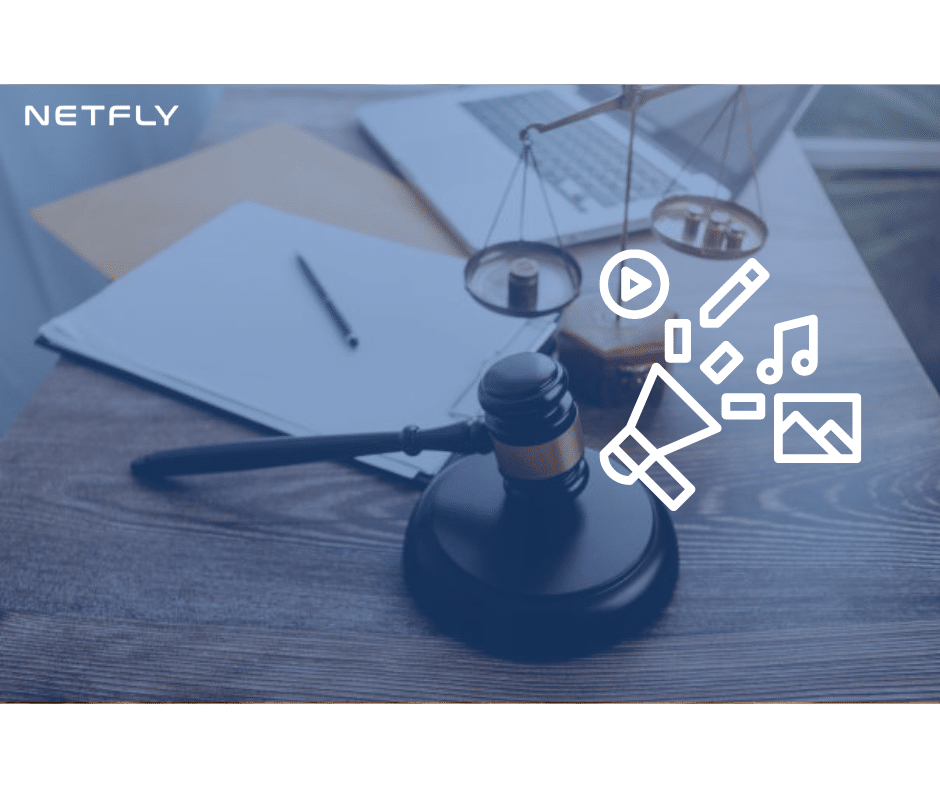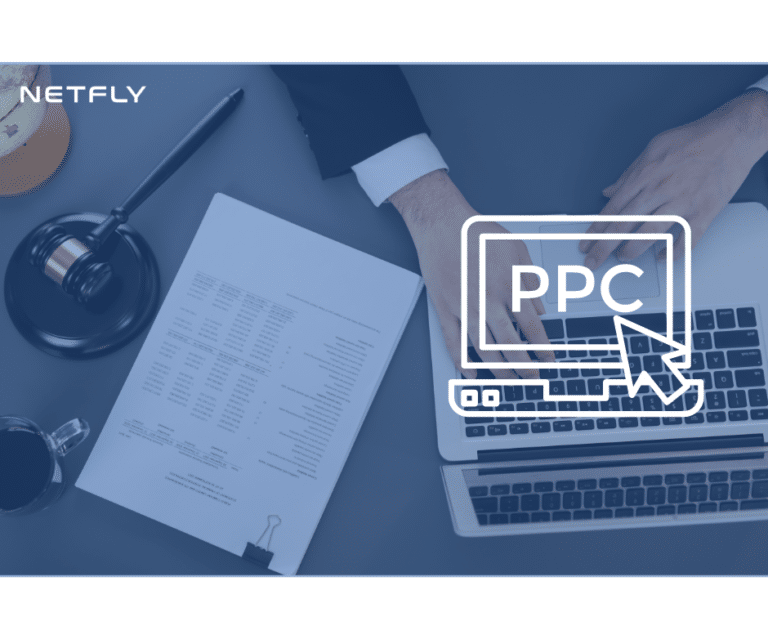In today’s competitive legal landscape, personal injury lawyers need more than just traditional advertising to attract clients; they must adopt strategic content marketing. To begin, understanding the audience is paramount. By segmenting and tailoring messages, lawyers can address specific needs and concerns of potential clients effectively. Additionally, leveraging client testimonials and sharing success stories build credibility and trust. However, these are just the initial steps. There are several other key strategies—like optimizing for mobile devices and focusing on local SEO—that can transform a law firm’s online presence and client engagement. Curious about how these elements work together?
Key Takeaways
- Utilize geo-targeted keywords and optimize Google My Business for better local SEO visibility.
- Collect and showcase client testimonials and success stories to build trust.
- Integrate visual content like images and videos to enhance user engagement.
- Create educational content to establish authority and provide value to potential clients.
- Ensure your website is mobile-optimized to retain visitors and improve SEO.
Understand Your Audience
Understanding your audience is essential for personal injury lawyers to craft effective content that resonates and drives engagement. By focusing on audience segmentation, lawyers can create tailored messages that address specific needs and concerns of different groups. This segmentation involves dividing the target audience into distinct categories based on demographics, behavior, or even the type of injury they’ve experienced.
To effectively utilize audience segmentation, personal injury lawyers must first gather data on their potential clients. Tools like Google Analytics and social media insights can help identify key characteristics and behaviors of their audience. For instance, a lawyer might discover that a significant portion of their website visitors are young adults who have been involved in car accidents. This insight can guide the creation of content that speaks directly to the challenges and pain points of this group, such as dealing with insurance companies or understanding their legal rights.
Addressing pain points is essential for building trust and establishing authority. Personal injury lawyers should identify common issues their clients face, such as the emotional and financial stress of an injury, and provide valuable solutions through their content. For example, articles, videos, or infographics that explain the steps to take immediately after an accident or how to navigate the legal process can be incredibly beneficial.
Moreover, strategic use of case studies and testimonials can highlight past successes and demonstrate empathy and understanding towards clients’ struggles. This targeted approach not only enhances the relevance of the content but also fosters deeper connections with the audience, ultimately driving higher engagement and conversion rates.
Focus on Local SEO
Harnessing the power of local SEO allows personal injury lawyers to connect with potential clients in their immediate geographic area, ensuring their tailored content reaches those who need it most. By focusing on localized strategies, attorneys can greatly enhance their online visibility and drive more relevant traffic to their websites.
One key aspect of local SEO is the use of geo targeted keywords. These are search terms that include specific locations, such as ‘personal injury lawyer in [City]’ or ‘accident attorney near [Neighborhood]’. By incorporating geo targeted keywords into website content, blog posts, and meta descriptions, lawyers can improve their chances of appearing in local search results. Research shows that 46% of all Google searches are seeking local information, making this strategy indispensable.
Another critical component is local citations. These are online mentions of a business’s name, address, and phone number (NAP) on various websites and directories. Consistent and accurate local citations across platforms like Google My Business, Yelp, and local legal directories can boost a firm’s credibility and search engine rankings. In fact, businesses with consistent NAP information are 58% more likely to be considered reputable by search engines.
Moreover, creating and optimizing a Google My Business profile is an essential step. This involves filling in all relevant information, uploading high-quality photos, and regularly updating posts. Google My Business profiles that are fully completed and frequently updated see 7x more clicks than those that aren’t.
Leverage Client Testimonials
Client testimonials are an essential tool for personal injury lawyers, providing social proof that can greatly enhance their credibility and attract new clients. When potential clients see positive feedback from others who’ve been in similar situations, they’re more likely to trust and choose that lawyer. Legal reviews, whether written or captured as testimonial videos, play a vital role in this process.
A strategic approach to leveraging client testimonials starts with collecting and showcasing them effectively. Lawyers should actively request feedback from satisfied clients, focusing on the specific aspects of their service that made a difference. Detailed, genuine legal reviews that highlight the lawyer’s expertise, communication skills, and success rate can have a significant impact on a potential client’s decision-making process.
Moreover, testimonial videos can elevate the impact of written reviews. Videos offer a more personal and relatable touch, allowing prospects to see and hear real clients share their positive experiences. In fact, research indicates that video testimonials can increase conversion rates by up to 80%. Personal injury lawyers should consider investing in professional videography to guarantee high-quality, compelling testimonials.
In addition to gathering reviews, it’s important to strategically place them where they’ll have the most impact. Featuring testimonials prominently on the law firm’s website, particularly on the homepage and dedicated testimonial page, can enhance credibility. Sharing these testimonials on social media platforms and Google My Business listings can also amplify their reach and influence.
Share Success Stories
Showcasing success stories can be a powerful way for personal injury lawyers to demonstrate their track record and build trust with potential clients. By sharing detailed accounts of past victories, lawyers can highlight their expertise, reliability, and commitment to justice. These stories provide tangible evidence of a lawyer’s ability to secure favorable outcomes, making them a critical component of content marketing strategies.
To begin, personal injury lawyers should carefully select cases that not only ended successfully but also involved significant challenges. Highlighting victories in complex cases can underscore a lawyer’s skill and perseverance. For instance, detailing a case where a client received a substantial settlement after a prolonged legal battle can serve as a compelling confirmation of a lawyer’s dedication.
In addition to focusing on the legal aspects, it’s crucial to incorporate emotional appeals. Potential clients are often in distress and can relate to the emotional journey of past clients. Sharing how a client’s life improved post-verdict or settlement can create a powerful connection. For example, a narrative about a family regaining financial stability after a catastrophic accident can resonate deeply with readers facing similar hardships.
Data-driven content can further enhance these stories. Including specific figures, such as the amount of compensation awarded or the duration of the case, adds credibility. According to a study by the Content Marketing Institute, content that includes data is 27% more likely to be trusted.
Use Engaging Visuals
Utilizing engaging visuals can greatly enhance a personal injury lawyer’s content marketing efforts by capturing attention and conveying complex information quickly. Visual storytelling, through infographics, videos, and high-quality images, helps break down intricate legal jargon into more digestible content. Studies show that content with relevant images gets 94% more views than content without visuals. This makes multimedia integration not just beneficial, but crucial.
Personal injury lawyers can leverage visual storytelling to illustrate case studies, demonstrate the impact of injuries, and explain legal processes. For instance, a short animated video can walk potential clients through the steps of filing a personal injury claim, making it easier for them to understand and remember the process. Infographics can simplify statistics related to personal injury cases, such as success rates or typical compensation amounts, making the data more accessible and engaging.
User engagement is significantly boosted by multimedia integration. Videos on landing pages have been shown to increase conversion rates by up to 80%. By embedding a compelling video that explains the lawyer’s services and showcases testimonials, personal injury lawyers can build trust and credibility. High-quality images of the legal team, office, and even courtroom scenarios can humanize the brand, making it more relatable.
Moreover, social media platforms favor visual content. Posts with images or videos are more likely to be shared, increasing organic reach and visibility. Personal injury lawyers who consistently use engaging visuals in their content marketing strategy are positioned to attract more potential clients, enhance user experience, and ultimately, drive more successful case outcomes.
Create Educational Content
How can personal injury lawyers stand out in a crowded market? One effective strategy is to create educational content that addresses the needs and concerns of their target audience. By providing valuable information, lawyers can establish themselves as authoritative and trustworthy sources.
Educational content should begin with clear legal definitions. Many potential clients are unfamiliar with terms like “negligence” or “comparative fault.” Simplifying these concepts through blog posts, eBooks, or videos can demystify the legal process and make it more accessible. When clients understand their rights and the legal landscape, they’re more likely to trust and choose the lawyer who provided that clarity.
Incorporating injury statistics into educational content can also make a significant impact. For instance, sharing data on the prevalence of car accidents within a specific area or detailing the common causes of workplace injuries can highlight the importance of legal representation. These statistics not only underscore the lawyer’s expertise but also demonstrate the real-world relevance of their services. By citing reputable sources, such as government reports or academic studies, lawyers can enhance their credibility.
Moreover, personal injury lawyers should strategically highlight case studies and real-life examples. Discussing past cases and their outcomes, while maintaining client confidentiality, can illustrate how legal definitions and injury statistics come into play in real scenarios. It shows potential clients the tangible results of effective legal representation.
Optimize for Mobile Devices
Why is it essential for personal injury lawyers to optimize their content for mobile devices in today’s digital landscape? The answer lies in user behavior. Over 60% of online searches now occur on mobile devices, and that figure is only climbing. For personal injury lawyers aiming to reach potential clients, having a mobile-optimized website isn’t just a necessity—it’s a must-have.
First, let’s talk about load speed. Mobile users are notoriously impatient; studies show that 53% of mobile users abandon sites that take longer than three seconds to load. For personal injury lawyers, a slow-loading mobile site could mean the difference between capturing a lead or losing them to a competitor. Ensuring your website loads quickly on mobile devices is vital for retaining visitors and improving your search engine rankings. Google favors fast-loading sites, making load speed a critical component of your SEO strategy.
Next, consider responsive design. A responsive website adapts seamlessly to different screen sizes, providing an excellent viewing experience whether the user is on a smartphone, tablet, or desktop. For personal injury lawyers, this means potential clients can easily read blog posts, fill out contact forms, and navigate services without frustrating pinch-and-zoom maneuvers. Additionally, Google’s mobile-first indexing underscores the importance of having a responsive design, as the search engine primarily uses the mobile version of the content for indexing and ranking.
Frequently Asked Questions
How Often Should Personal Injury Lawyers Update Their Content Marketing Strategy?
Personal injury lawyers should update their content marketing strategy quarterly. They should consider seasonal trends and industry changes to stay relevant and effective. Regular updates guarantee they’re addressing current client needs and legal developments.
What Are the Best Platforms for Distributing Personal Injury Law Content?
The best platforms for distributing personal injury law content are social media and legal forums. Social media offers broad reach and engagement, while legal forums attract targeted, interested audiences, maximizing visibility and potential client connections.
Can Personal Injury Lawyers Benefit From Email Marketing Campaigns?
Personal injury lawyers can benefit from email marketing campaigns by showcasing client testimonials and using lead segmentation. This approach guarantees they target the right audience effectively, enhancing engagement rates and converting potential clients into actual cases.
How Do Personal Injury Lawyers Measure the Success of Their Content Marketing Efforts?
They measure success by tracking conversion metrics like lead generation and client acquisition rates. Additionally, they analyze client testimonials to gauge client satisfaction and the effectiveness of their content in building trust and credibility.
What Are Effective Ways to Repurpose Existing Content for Personal Injury Law Firms?
They can repurpose blog posts by turning them into engaging case studies. This strategy maximizes existing content, showcases expertise, and drives client trust. Case studies backed by data make blog content more compelling and strategic.
Conclusion
By understanding their audience, focusing on local SEO, leveraging client testimonials, and sharing success stories, personal injury lawyers can strategically build trust and authority. Engaging visuals and educational content further enhance their brand, while mobile optimization guarantees a seamless user experience. Implementing these seven content marketing tips can greatly boost a lawyer’s online presence and attract potential clients, ultimately driving growth and success in an increasingly competitive market.










